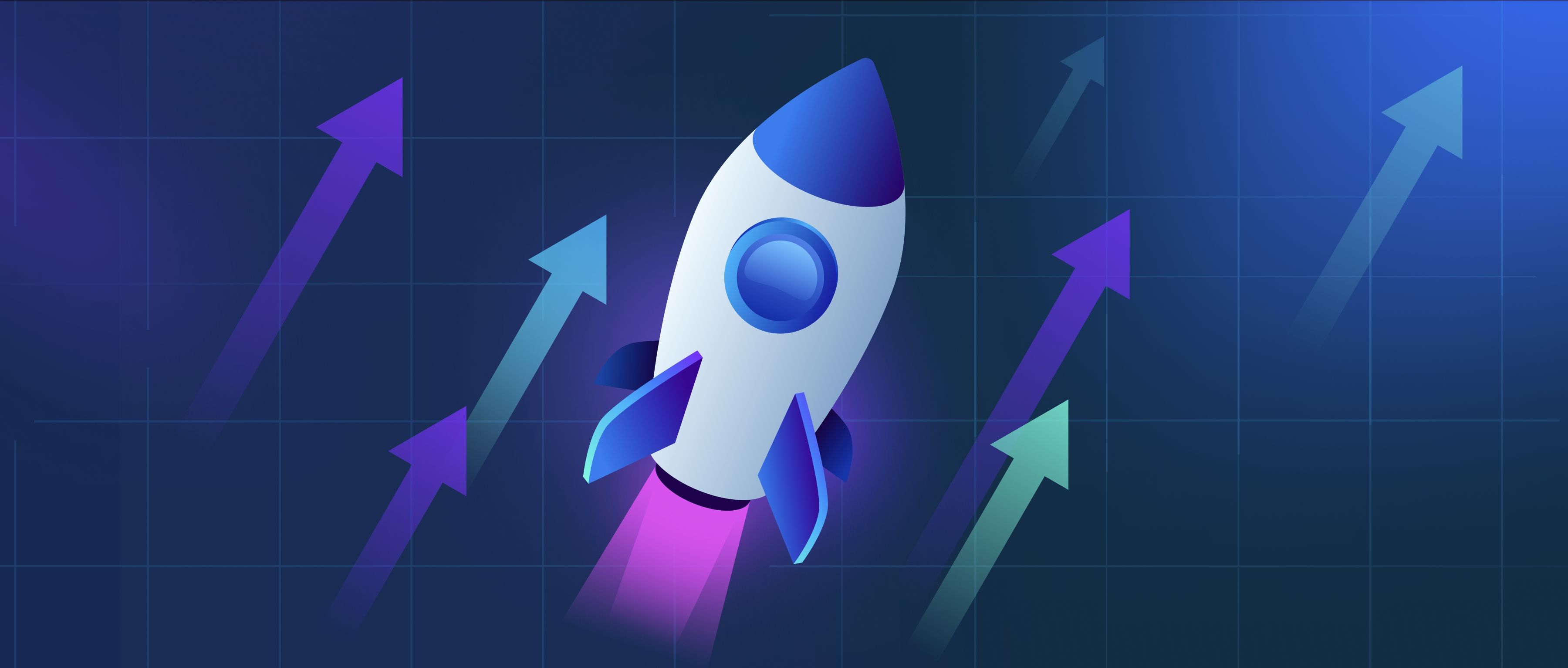Knowledge graphs are structured representations of information, where entities are linked through relationships. These graphs can significantly enhance automated reasoning by providing machines with a clear and organized way to understand and infer new information based on existing data. By enabling the establishment of connections between different pieces of knowledge, knowledge graphs help automated reasoning systems to draw conclusions, make predictions, and even answer complex queries more effectively.
One key aspect of knowledge graphs is their ability to represent not just facts but also the relationships between those facts. For example, in a healthcare knowledge graph, you might have entities like "Diabetes," "Medication A," and "Patient X," with relationships connecting them based on treatment protocols. If a reasoning system encounters a query related to what treatments a specific patient with diabetes can use, it can traverse these relationships to arrive at an informed answer. This capability allows machines to mimic human-like reasoning processes, such as deducing that if "Medication A" is effective for "Diabetes," and "Patient X" has "Diabetes," then "Medication A" may be appropriate for "Patient X."
Additionally, knowledge graphs can facilitate the handling of incomplete information, which is common in many real-world scenarios. Through inference, a reasoning engine can identify gaps and recognize potential connections that are not explicitly stated. For instance, if "Medication B" is known to be ineffective for diabetes and "Patient Y" is taking "Medication B," the system can infer that "Medication B" may not be suitable for "Patient Y." This reasoning capacity makes knowledge graphs a powerful tool for applications like recommendation systems, semantic search, and personalized medicine, where understanding the context and relationships is crucial for making reliable decisions.
